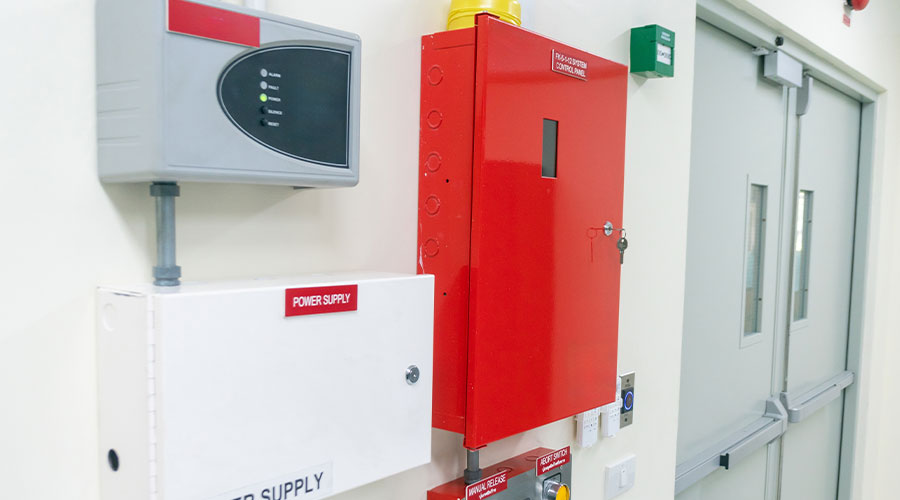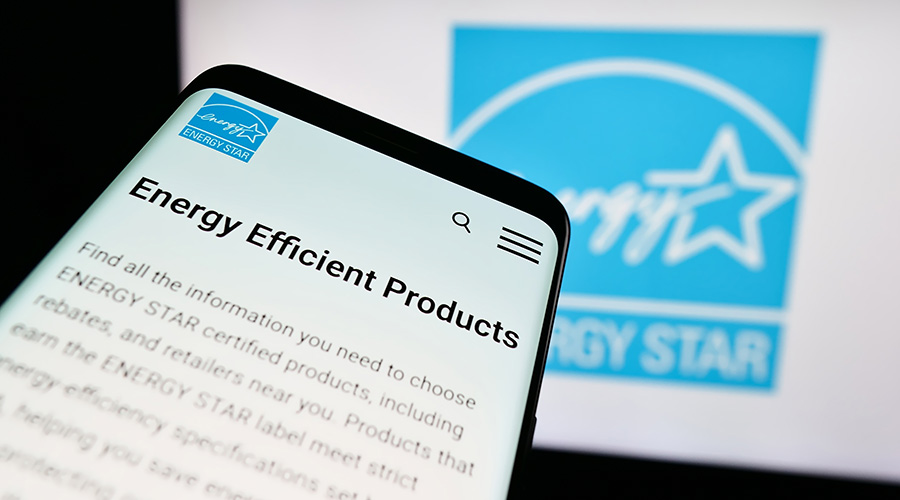LEED-EB Offers Guidance On How To Create A Green Cleaning Program
More and more facility executives are looking seriously at green cleaning as they realize the impact that dust, cleaning chemicals and poor sanitation can have on their employees and occupants. Responsible cleaning contractors also are understanding that chemicals with high levels of volatile organic compound (VOC) emissions and other carcinogens plus dust from poorly filtered vacuums can have a negative impact on the health of their employees.
For facility executives who have hesitated to make the move to green cleaning, now is a good time to take a close look at that strategy. A growing number of green cleaning products are available that are much more effective and more cost-competitive than in the past. What's more, programs such as Green Seal's GS-42, ISSA's proposed Cleaning Industry Management Standard — Green Building (CIMS-GB) and LEED, established by the U.S. Green Building Council, are setting the standards by which buildings of the future will be cleaned and maintained.
One of the biggest misconceptions out there is that a green cleaning program just involves different chemicals and cleaners. Each of the standards for green cleaning requires a great deal of preparation to be successful.
Green Seal's GS-42 "Green Seal Environmental Standard for Cleaning Services" is probably the most recognized in the green cleaning industry. This program focuses on the service provider and the buildings that it designates as meeting the Green Seal criteria.
ISSA'S new CIMS-GB designation, which is still in the draft stage when this article went to press, is intended to be an addition to the current CIMS designation. Facility executives looking to hire contractors with the GB designation can be assured that they've met all of the requirements of the original CIMS, which looks at staffing plans, quality programs and general business operations. It also requires the service provider to stipulate buildings to which the green cleaning policy applies.
The ISSA CIMS-GB program is also specifically designed to address the requirements for LEED for Existing Buildings: Operations and Maintenance (LEED-EB: O&M), although some of its requirements, particularly in the area of recycled content of paper products, are more stringent than the LEED-EB requirements.
Understanding the Green Seal and ISSA programs will greatly help facility executives who are aiming for LEED-EB certification. LEED-EB certification is significantly different from those two programs because it covers not only cleaning but also such areas as water use, energy efficiency, and indoor air quality. It is important to note that a Green Cleaning Policy is a prerequisite (Indoor Environmental Quality Prerequisite 3) for obtaining LEED-EB certification and that out of the minimum 40 points required for LEED-EB certification a potential six points are related to cleaning. Additionally, green cleaning strategies not specifically required by LEED may qualify for Innovation in Operations points or contribute to credits in other areas.
LEED and Green Cleaning
1. High Performance Cleaning Program (IEQ Credit 3.1). This credit requires the establishment of standard operating procedures for the green cleaning program. These procedures should address how an effective cleaning and hard floor and carpet maintenance system will be utilized, managed and audited. These procedures also need to explain how the cleaning program will address vulnerable building occupants, such as those with allergies and sensitivities.
Finally, the plan should contain appropriate plans for staffing, use of chemical concentrates, and other items for which credits are awarded.
2. Custodial Effectiveness Assessment (IEQ Credit 3.2). LEED is the only program that calls for an actual measurement of the cleaning standard in the building. An audit must meet a minimum of 3 or 'Casual Inattention' in accordance with the APPA Leadership in Educational Facilities' Custodial Staffing Guidelines.
The intent here is to reduce exposure of all personnel to potentially hazardous chemical, biological and particulate contaminants that would adversely affect the environment.
3. Purchase of Sustainable Cleaning Products and Materials (IEQ Credit 3.3). To qualify for this credit, the company or building must purchase at least 20 percent by cost of its janitorial paper and trash bag products, cleaning products, disinfectant, and hand soaps as sustainable cleaning products and materials. Supporting data must also be supplied from the product manufacturers.
To confirm compliance, at least two random audits are conducted during the performance period. The performance period must last between three months and two years.
In a multitenant building where the tenant might be in control of these purchases and they do not meet the LEED-EB criteria, these areas may be excluded for this credit to a maximum of 10 percent of the total building area.
If the purchase of sustainable products and materials exceeds 60 percent, there is the option of applying for an additional point for Innovation in Operations.
4. Purchase of Sustainable Cleaning Equipment (IEQ Credit 3.4). As in the purchasing of products specified in Credit 3.3, 20 percent of the powered cleaning equipment by cost or unit count must meet the criteria established in this credit, and newly purchased equipment must meet the criteria.
The credit spells out requirements for each type of equipment, such as certification by the Carpet and Rug Institute, maximum noise levels, meeting minimum requirements established by regulatory bodies like the California Air Resources Board or Environmental Protection Agency, gel batteries in battery powered equipment, and design of the equipment for ease and safety.
Another important part of this credit is to maintain a log of all equipment, showing date of purchase, repair and maintenance records, and vendor specifications showing the equipment meets the sustainability requirement.
5. Indoor Chemical & Pollutant Source Control (IEQ Credit 3.5). This credit focuses on the building having sufficient matting, grilles or grates in place to capture pollutants before they enter the building. There must also be a written procedure in place to describe the strategies in place to maintain entryways and exterior walkways associated with the building.
6. Integrated Pest Management (IEQ Credit 3.6). This credit requires facility executives to develop, implement and maintain an integrated pest management plan that controls indoor pests in a way that protects human health and the surrounding environment.
Related Topics:












